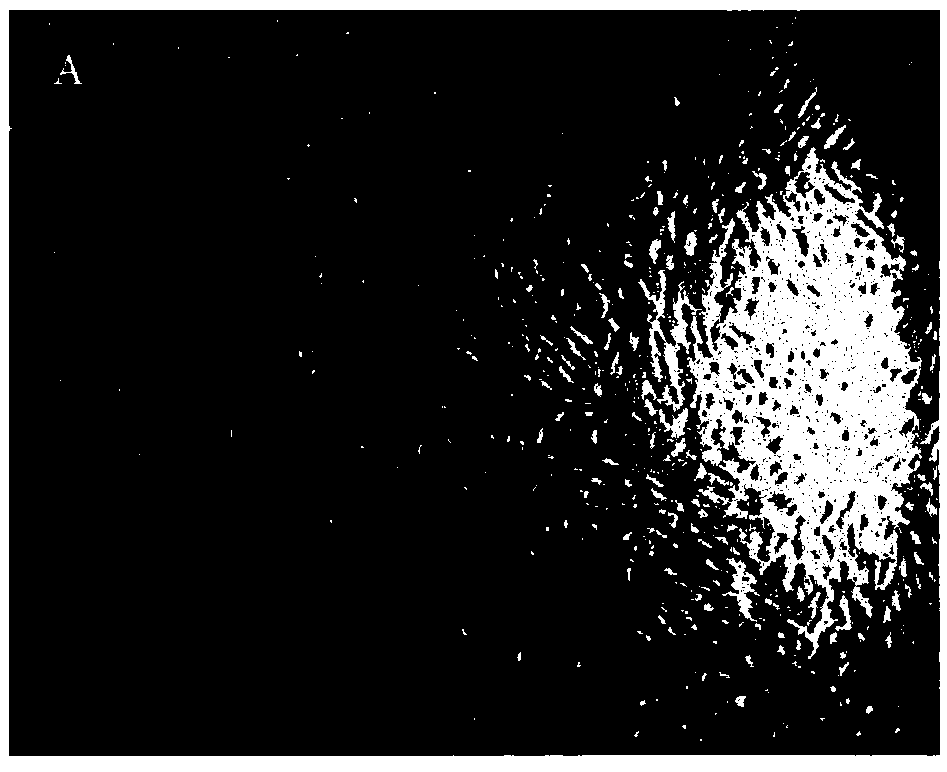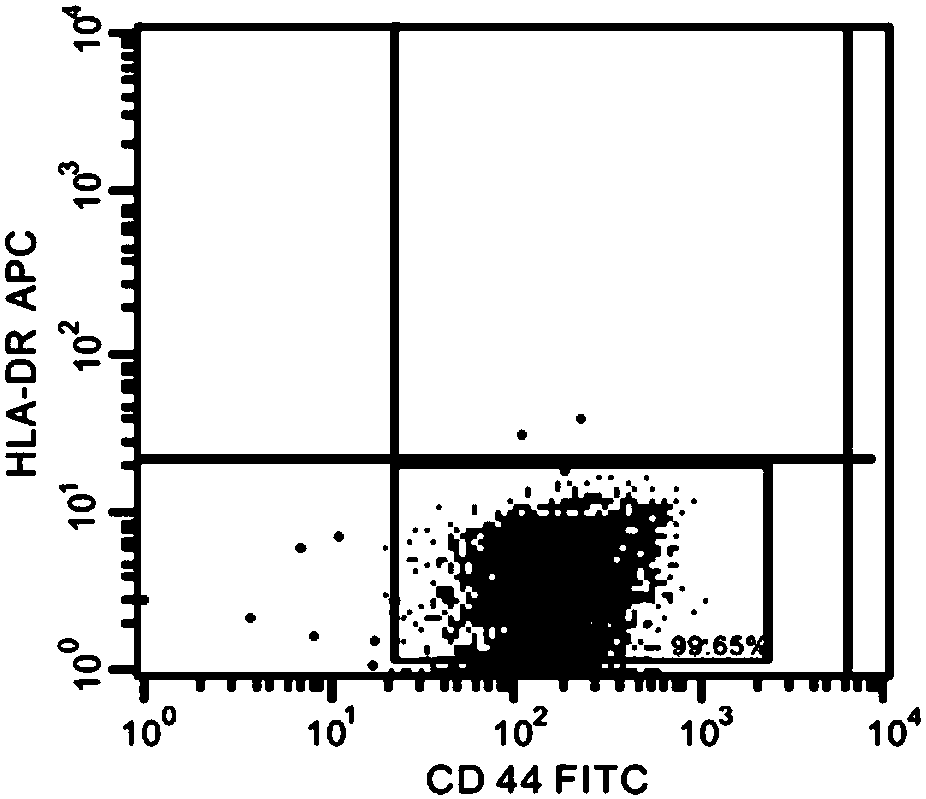Stem cell preserving fluid used for transplantation of mesenchymal stem cells
A technology of bone marrow mesenchyme and stem cells, applied in the field of biomedicine, can solve the problems of increasing cell pollution and destroying cell vitality.
- Summary
- Abstract
- Description
- Claims
- Application Information
AI Technical Summary
Problems solved by technology
Method used
Image
Examples
Embodiment approach
[0039] According to a preferred embodiment of the present invention, the stem cell preservation solution further includes epigallocatechin gallate (EGCG).
[0040] In a further preferred embodiment, the dosage of the epigallocatechin gallate (EGCG) is 1-20 mg / mL.
[0041] In a further preferred embodiment, the dosage of the epigallocatechin gallate (EGCG) is 5-10 mg / mL.
[0042] Among them, epigallocatechin gallate (EGCG) is the most effective antioxidant polyphenol compound in green tea extract, and its reducing ability can even reach 100 times that of L-isocorbic acid. Therefore, the application of EGCG to stem cells In the preservation solution, stem cells can be effectively prevented from being oxidized to die, and the survival rate of stem cells during preservation is greatly improved.
[0043] According to a preferred embodiment of the present invention, the stem cell preservation solution further includes a non-permeable cryoprotectant.
[0044] In a further preferred e...
Embodiment 1
[0065] Dissolve 6 mmol / L potassium dihydrogen phosphate in 10 mL of normal saline to prepare a 600 mmol / L potassium dihydrogen phosphate solution, and store it at 4°C after high-temperature sterilization.
[0066] Dissolve 5.35mg of adenosine in 2mL of normal saline, sterilize with a 0.22μ filter, and store at 4°C.
[0067] Dilute and dissolve potassium dihydrogen phosphate solution, low molecular weight heparin sodium and adenosine respectively with plasma to prepare the following stem cell preservation solution: containing plasma, 500-600 U / mL low molecular weight heparin sodium, 50-60 mmol / L dipotassium hydrogen phosphate and 0.5 μmol / L adenosine. The solution was stored at 4°C.
Embodiment 2
[0069] Dissolve 6 mmol / L potassium dihydrogen phosphate in 10 mL of normal saline to prepare a 600 mmol / L potassium dihydrogen phosphate solution, and store it at 4°C after high-temperature sterilization.
[0070] Dissolve 5.35mg of adenosine in 2mL of normal saline, sterilize with a 0.22μ filter, and store at 4°C.
[0071] Dilute and dissolve potassium dihydrogen phosphate solution, low molecular weight heparin sodium and adenosine respectively with plasma to prepare the following stem cell preservation solution: containing plasma, 500-600 U / mL low molecular weight heparin sodium, 50-60 mmol / L dipotassium hydrogen phosphate and 2 μmol / L adenosine. The solution was stored at 4°C.
PUM
| Property | Measurement | Unit |
|---|---|---|
| Molecular weight | aaaaa | aaaaa |
Abstract
Description
Claims
Application Information
 Login to View More
Login to View More - R&D
- Intellectual Property
- Life Sciences
- Materials
- Tech Scout
- Unparalleled Data Quality
- Higher Quality Content
- 60% Fewer Hallucinations
Browse by: Latest US Patents, China's latest patents, Technical Efficacy Thesaurus, Application Domain, Technology Topic, Popular Technical Reports.
© 2025 PatSnap. All rights reserved.Legal|Privacy policy|Modern Slavery Act Transparency Statement|Sitemap|About US| Contact US: help@patsnap.com



